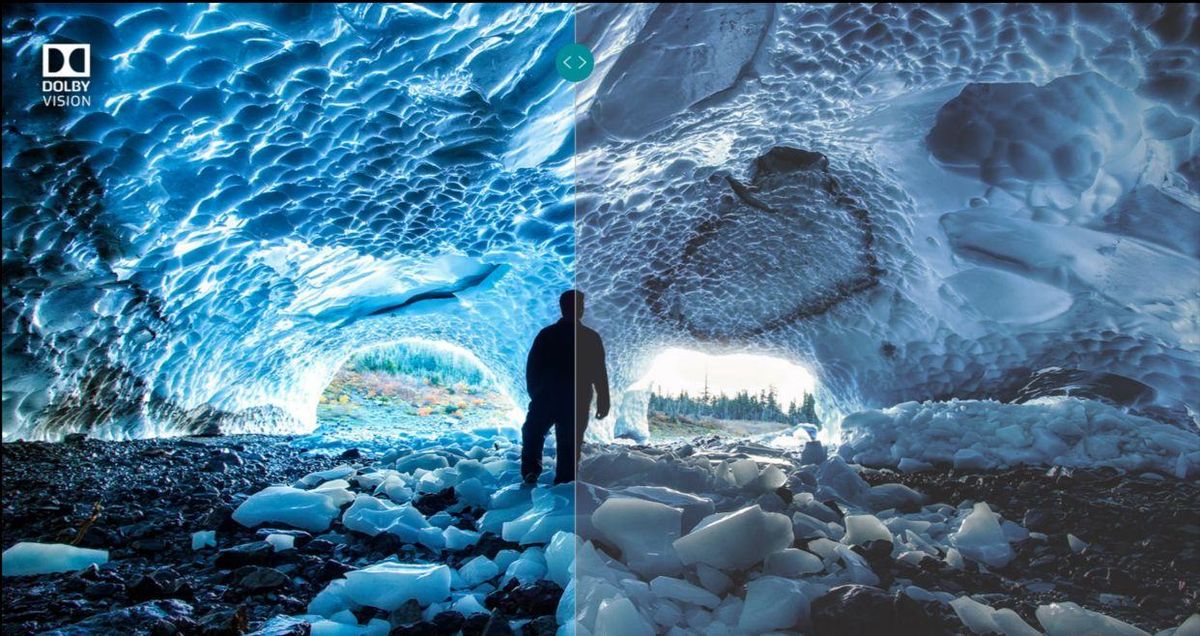Google is working on a replacement for Dolby Vision and Dolby Atmos called Project Caviar, and it aims to enhance the playback experience of YouTube.
Development still seems like it’s in the early stages, but it sounds like Google wants to avoid the licensing fees that Dolby charges for its premium HDR and spatial audio formats with an open-source alternative.
The details of Google’s plans were obtained by Protocol (opens in new tab), who report that the formats would be made available for free and could one day “be more attractive to device manufacturers and consumers alike by adding functionality beyond what Dolby Atmos and Vision offer”.
Should Google succeed in the creation of the formats, we could see a reduced cost on devices that use the format, as those device manufacturers wouldn’t have to pay Dolby any fees for its formats.
The confusing world of AV formats and specifications
If your eyes are glazing over at this point, you’re not alone. Keeping formats straight has long been a challenge in the AV community — their feature set changes frequently, device manufacturers sometimes aren’t forthcoming about which formats their devices support and some specifications, like HDMI 2.1, aren’t properly followed.
All that said, the idea of an open-source format that would universally work on YouTube across all devices (especially new Android phones) is a win for everyone. You could buy a new TV, smartphone or laptop knowing that it would play videos in the highest possible quality and with spatial audio support.
In a perfect world, all device makers would jump on board with this proposal and there would never be a format war ever again. Sadly, that’s not the world we live in.
What’s more likely to happen is that some device makers will continue to support Dolby while others will sign on with Google. That’s what we’ve already seen happen with HDR10+ — an HDR format that’s supported by Samsung on its QLED TVs — and Dolby Vision supported by Sony, LG, TCL and others.
Still, we can’t blame Google for trying to do something positive — even if it will likely lead to more confusion down the road.
For all the latest Technology News Click Here
For the latest news and updates, follow us on Google News.

